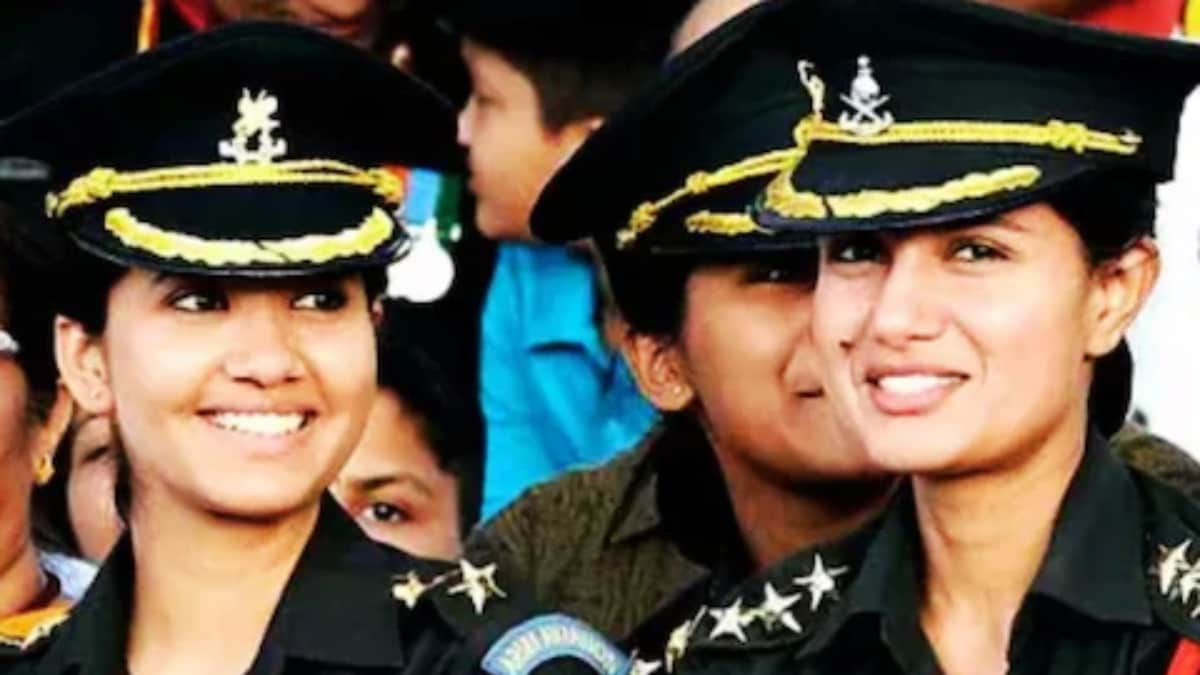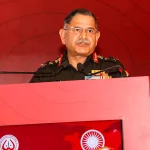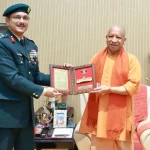In a controversial correspondence sent to the General Officer Commanding-in-Chief of the Eastern Command, Lieutenant General Rajeev Puri provided a stark assessment of women commanding officers within the Indian Army. This letter has ignited significant debate regarding the integration and performance of female officers in leadership roles, particularly following the Supreme Court’s directive in 2023 that enabled the appointment of 108 women officers in commanding positions.
While military sources suggest that Lieutenant General Puri’s viewpoints might reflect his personal opinions, he has referred to the document as “feedback” and “analysis” stemming from his tenure as the outgoing commander of the 17 Corps. The general’s remarks, dated October 1, indicate a troubling critique of the women officers, particularly in light of their experiences over the previous year.
The content of the letter has raised eyebrows, as it characterizes the women commanding officers with terms such as “mundane ego issues,” a “lack of empathy,” and an “exaggerated tendency to complain.” His assessment pointed out that rather than seeking collaborative solutions, these officers tended to adopt an authoritarian stance during conflicts. According to reports, Lt Gen Puri’s observations were based on interactions with a limited group of seven women COs in his command, amidst a larger pool of over 100 women in these positions across the army.
Among the critical points raised in his analysis was the purported insensitivity of women officers towards the personal and professional needs of their subordinates, which he claimed resulted in human resource management challenges. He indicated that these commanding officers often prioritized their own comfort and demanded personal privileges, which he argued detracted from the needs of their units.
Moreover, Lt Gen Puri pointed to a prevailing “my way or the highway” approach in their decision-making processes, which, he suggested, left junior officers feeling marginalized and excluded. The general also contended that the competitive landscape of the traditionally male-dominated military had led some women to adopt a rigid leadership style in an attempt to establish their authority, often seeking validation by overemphasizing minor accomplishments.
This candid and critical internal review has sparked a broader conversation within military circles and among analysts regarding the role and effectiveness of women in commanding positions. The implications of such feedback could have profound effects on future policies and attitudes toward the integration of women in the armed forces, especially as the army continues efforts to enhance gender representation in leadership roles.













